Visuelle Kommunikation
Master
Boah Kim
Deep Black Sea
Liberating and Materializing a Poetic Text

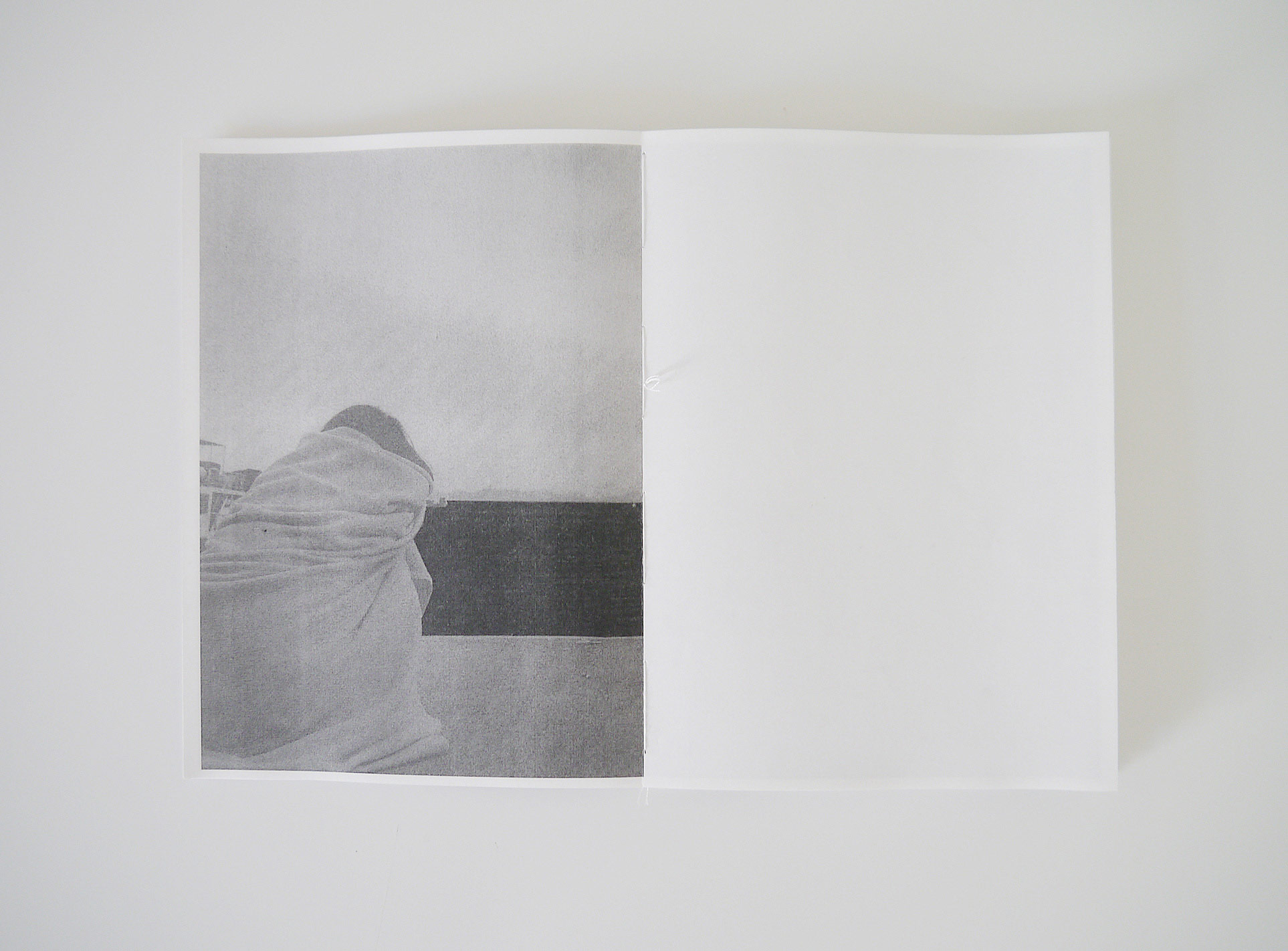
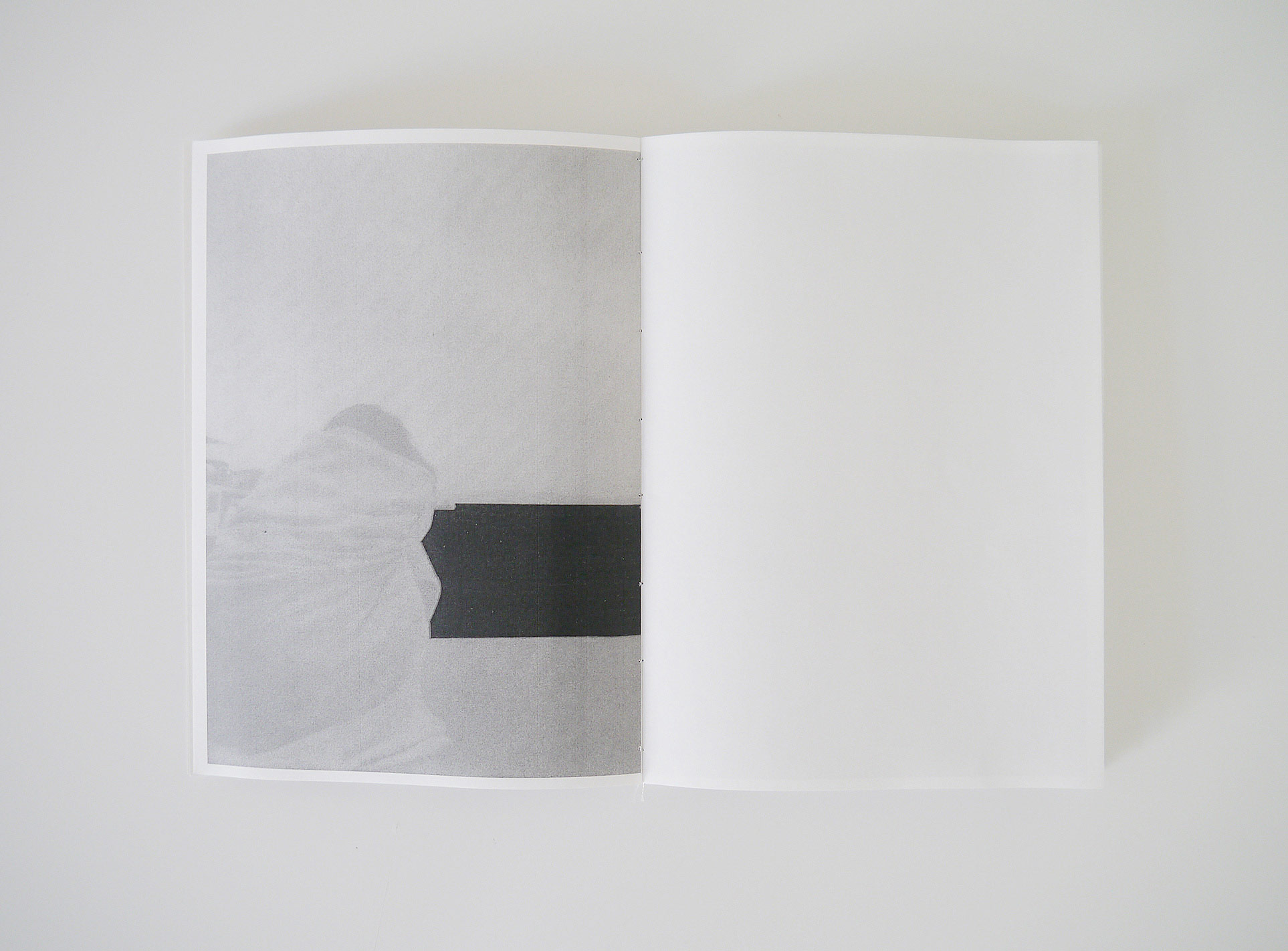
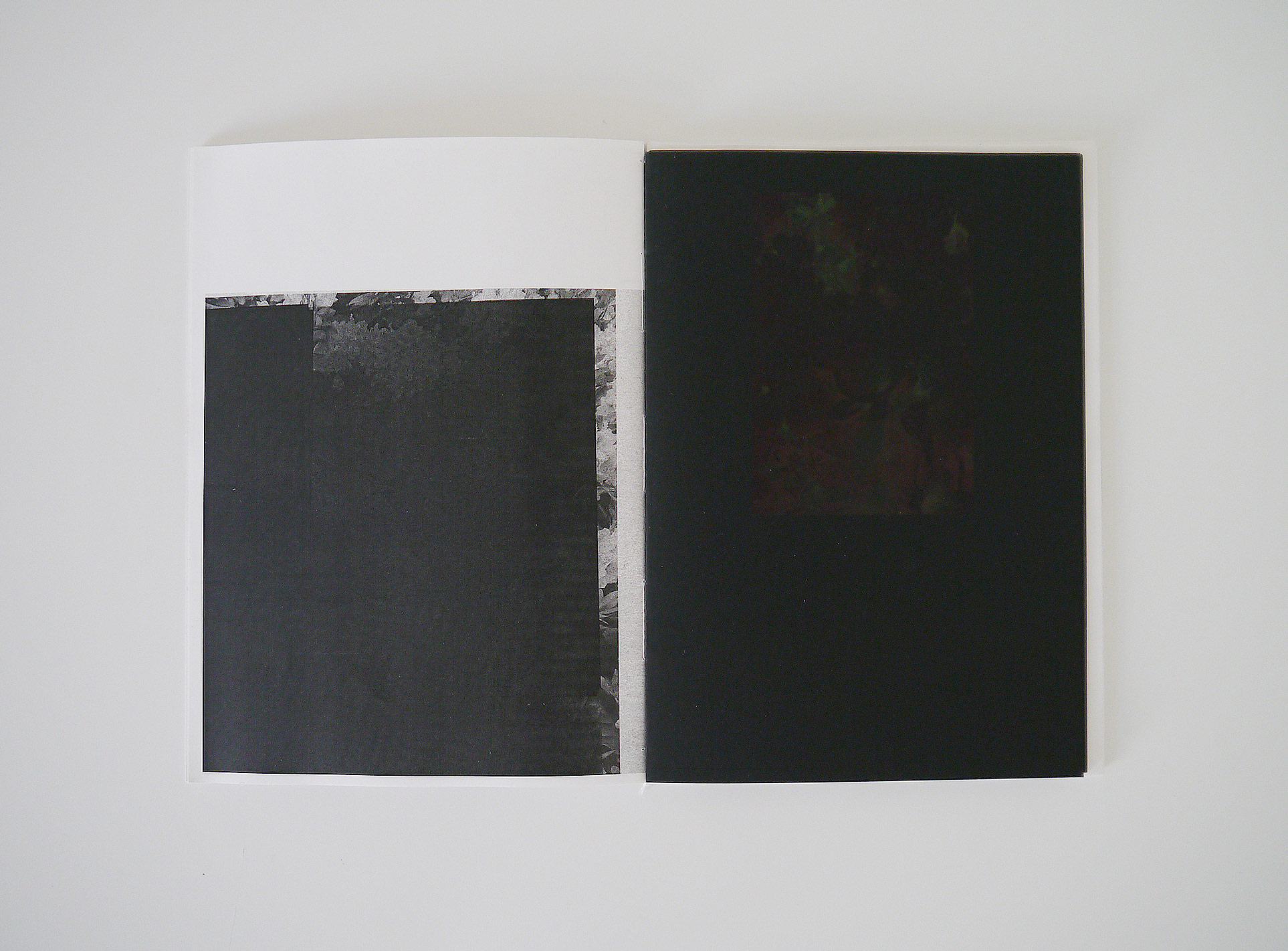
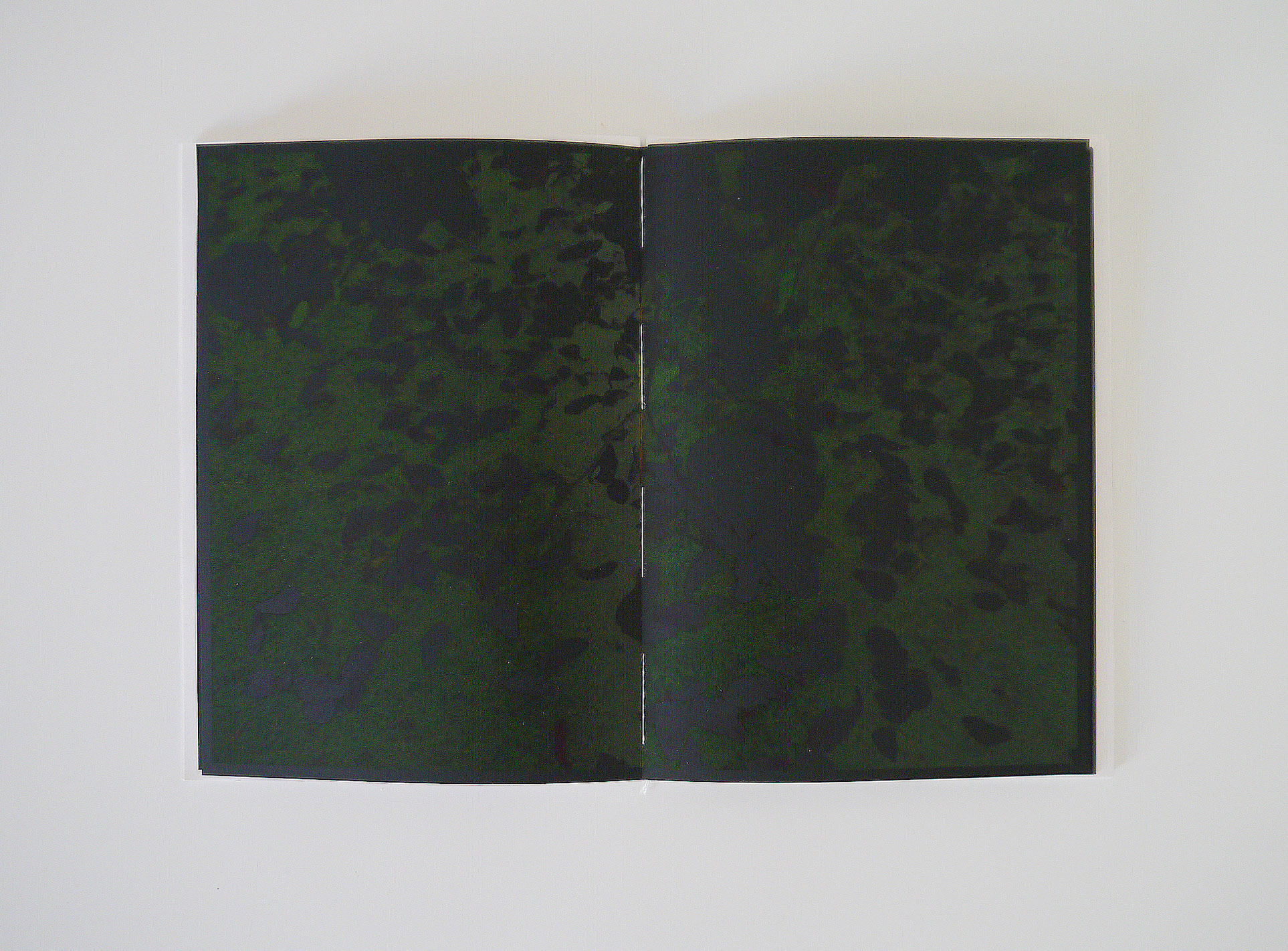
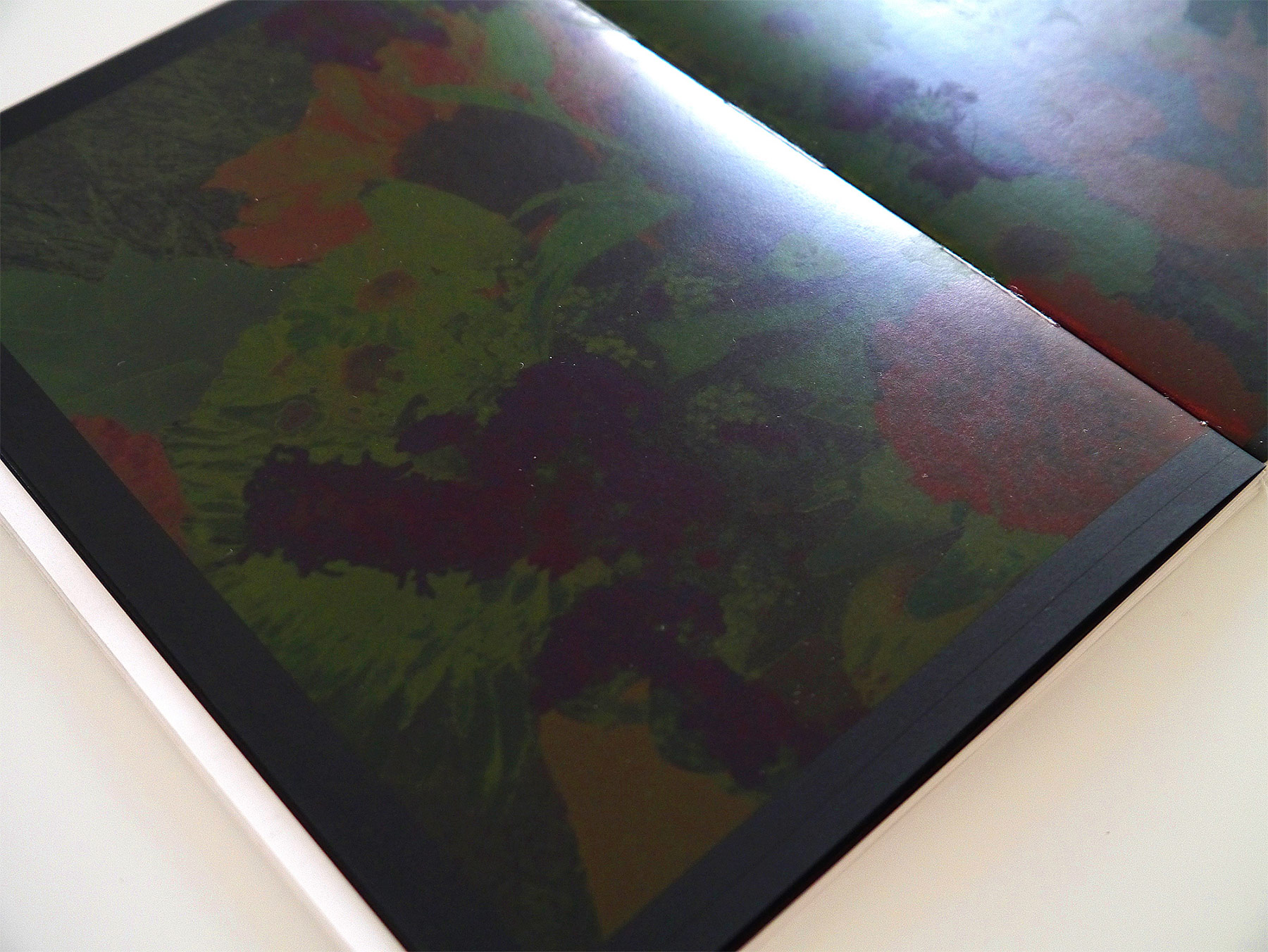
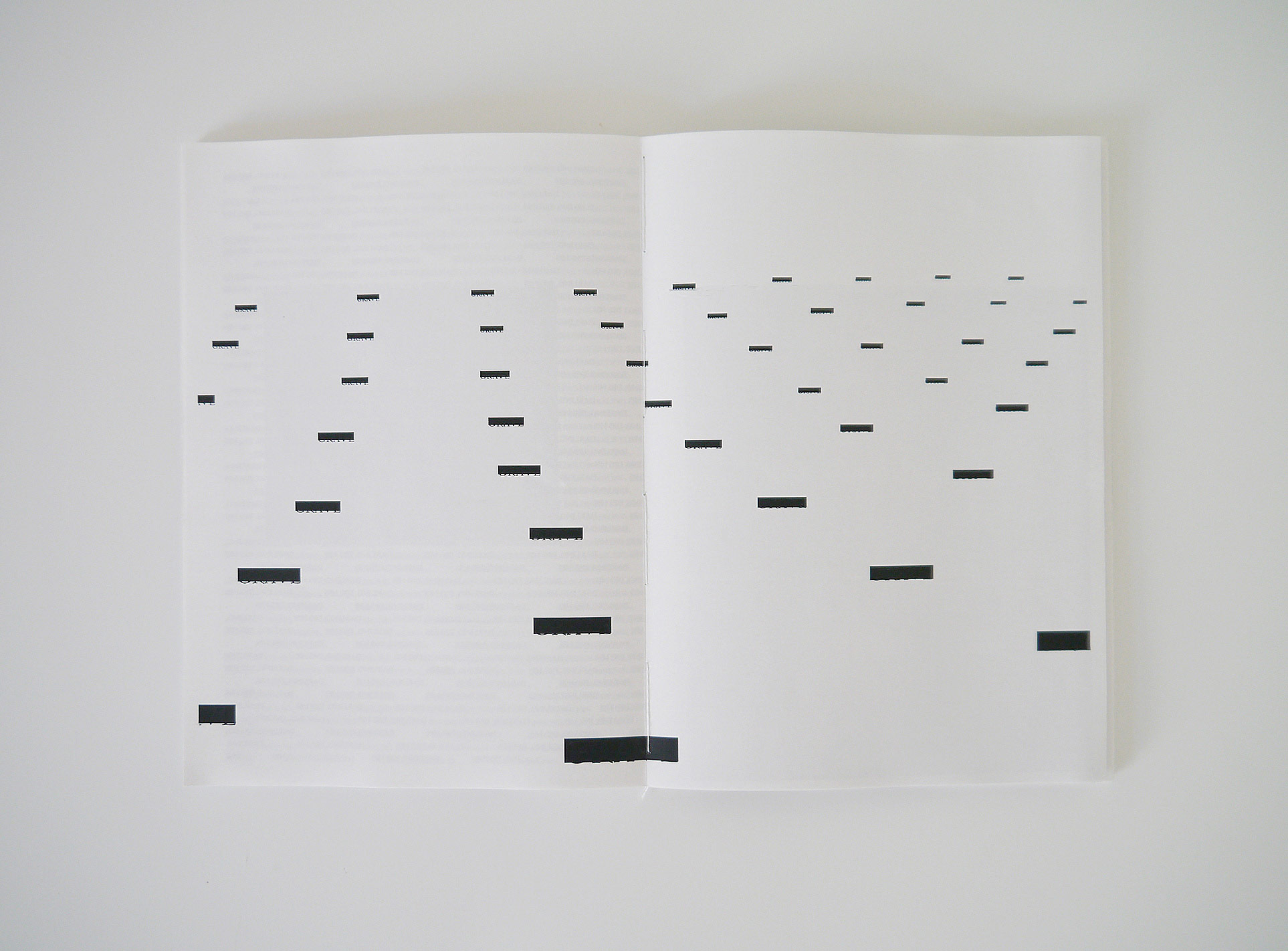
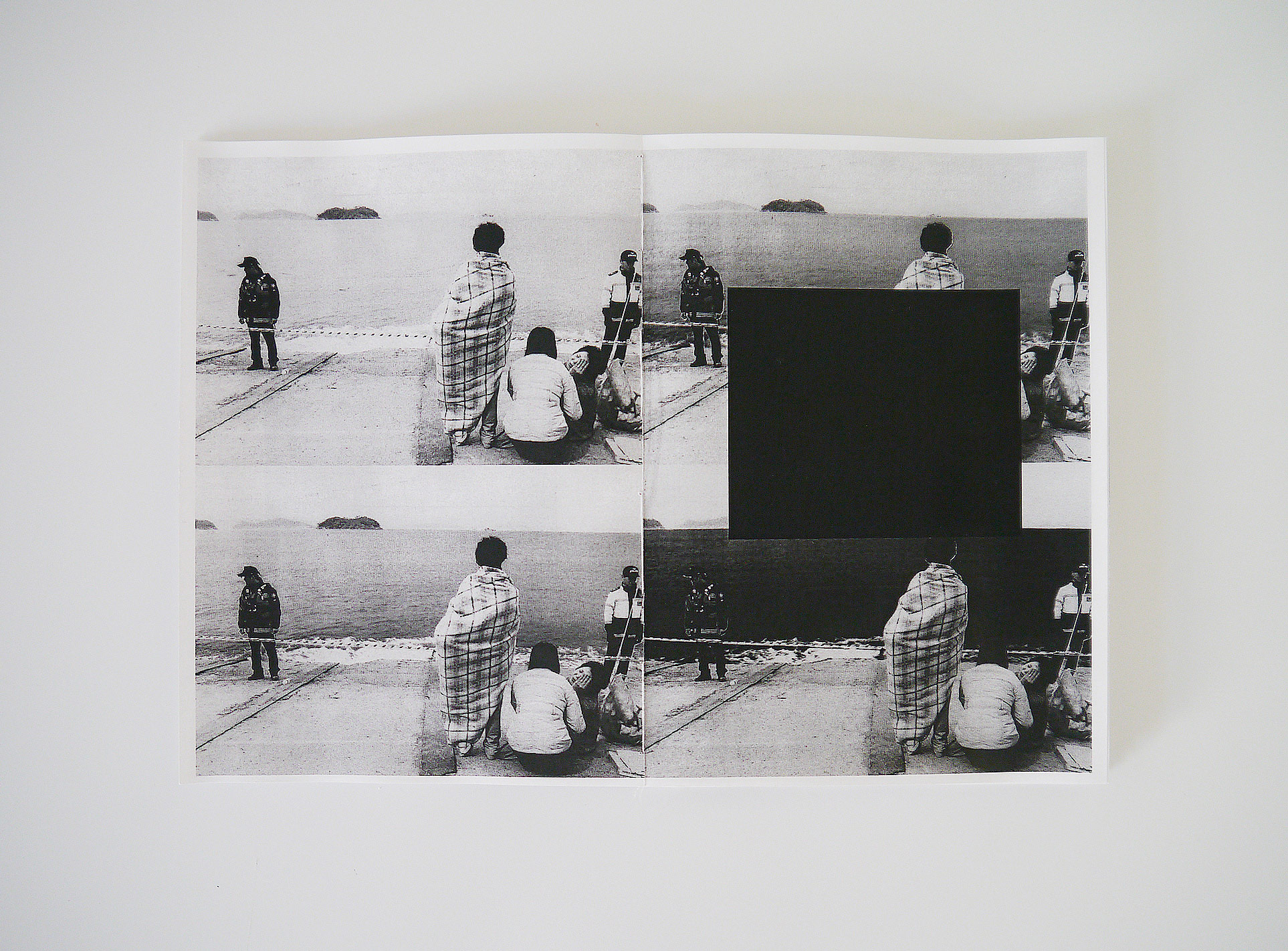
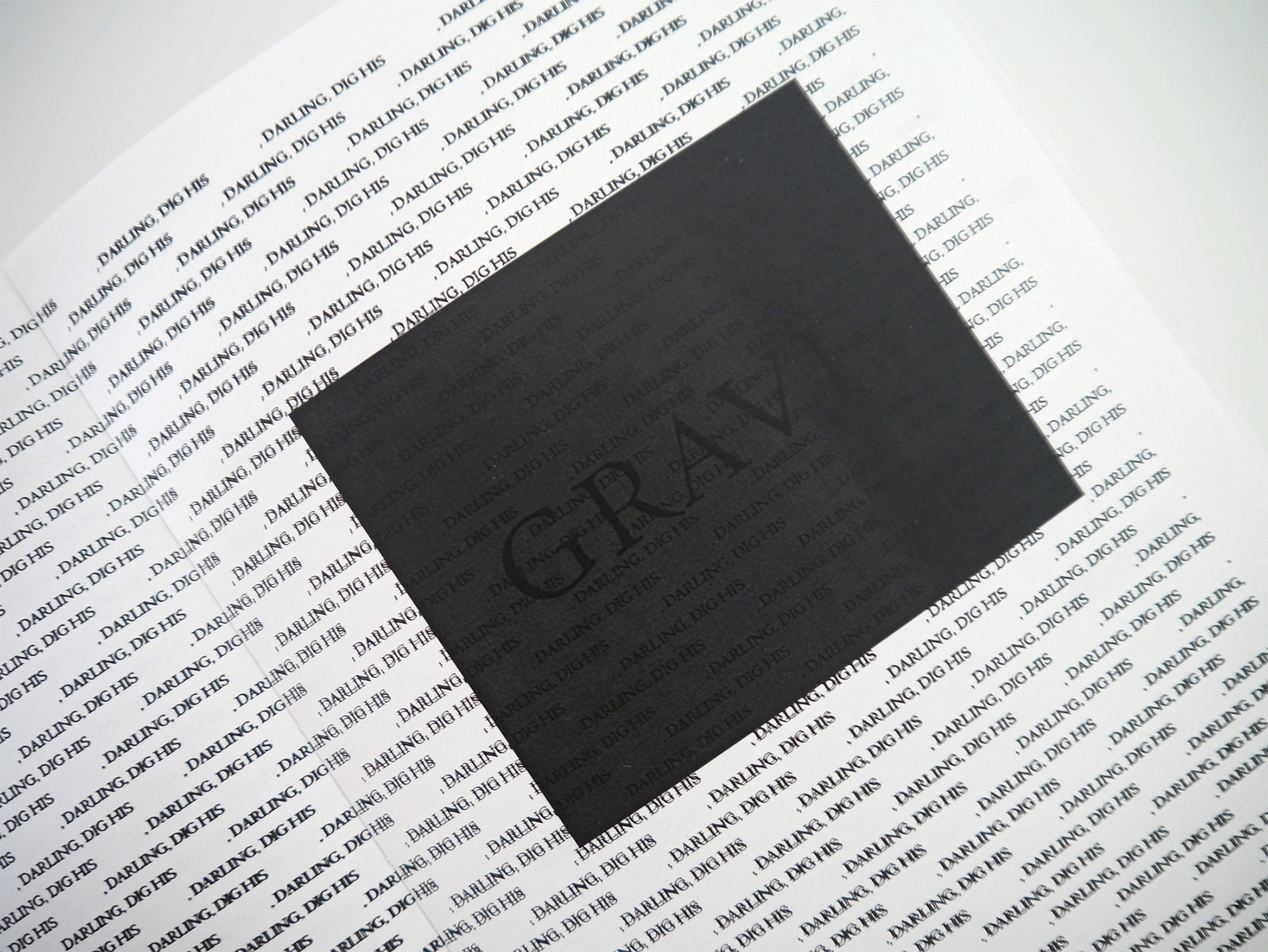

When we confront the world, either in the form of an image or a text, our vision and language work in conjunction to make a projection – together they build our own reality. Reception and interpretation are not mutually exclusive operations; they are thoroughly interdependent. We often get to know a story along with a textual imagery, and an image inspiring yet another imaginative text; in the end, this intermediate space between sensory stimuli allows us to project our own reality. And by the time the new reality pushes aside the linear memories of what we have received, we begin to re-create.
A poetic text, possessing an abstract and implicative way of communication, allows an even bigger space between what readers receive and what it means to them. Poetry does not have a fixed, closed system that produces meaning in a direct way, and, in turn, makes the readers repeatedly translate and transform the meaning. This means that new meanings and experiences can be created while they actively interpret an existing text – which induces possibilities of expanding the role of a reader into a maker who discovers its new literary potentials. From concrete poetry to visual writings, formal investigations have helped to widen the boundaries of literature, inspiring many typographic designers. Rather than merely visualizing a given text, contemporary graphic designers have come to engage in the discovery, production, manipulation, and distribution of texts.
The thesis attempts to span the whole design process through practical experiments – searching for the various methodologies of bringing materiality into a poetic text in order to penetrate the newly generated meaning of the text for the audience. The song lyrics of Deep Blue Sea by the US band Grizzly Bear were chosen to be put into my conceptual approaches – to be liberated, materialized, and transformed into another original visual work, Deep Black Sea.
Deep blue sea, darling,
on a deep —, deep blue sea.
It was mama that got drowned in, out in that deep blue sea.
Dig his grave, darling,
with a silv —, silver spade.
It was brother that got drowned in, out in that deep blue sea.
Drop him down, darling,
with a gold —, golden chain.
It was daddy that got drowned in, out in that deep blue sea.
The original song text ambiguously but graphically expresses one’s consciousness. It reflects the scope of natural human emotion related to death and loss, thus having the ability to express a myriad of feelings by exploring it, however constrained in a pitch-black space as I visually re-interpret the poem (not so much as the original title suggests). The experimentation ranges from making purely typographic layouts using either the whole or a selected part of the text to manipulating documentary images produced by the mass media, which will be deliberately assembled and arranged into a conceptual book. The distinctive feature of Deep Black Sea is that it embodies a ritual printing process where I engage myself in a sequence of actions of printing in order to retain a certain level of tactility and materiality. In turn, not all shades of black are created equal and it results in individual works of distinctive character.
Boah Kim
howdy@boahkim.com
Institut Visuelle Kommunikation, FHNW HGK, Freilager-Platz 1, CH-4023 Basel
+41 61 228 41 11, info.vis_com.hgk@fhnw.ch, www.fhnw.ch/hgk/ivk



